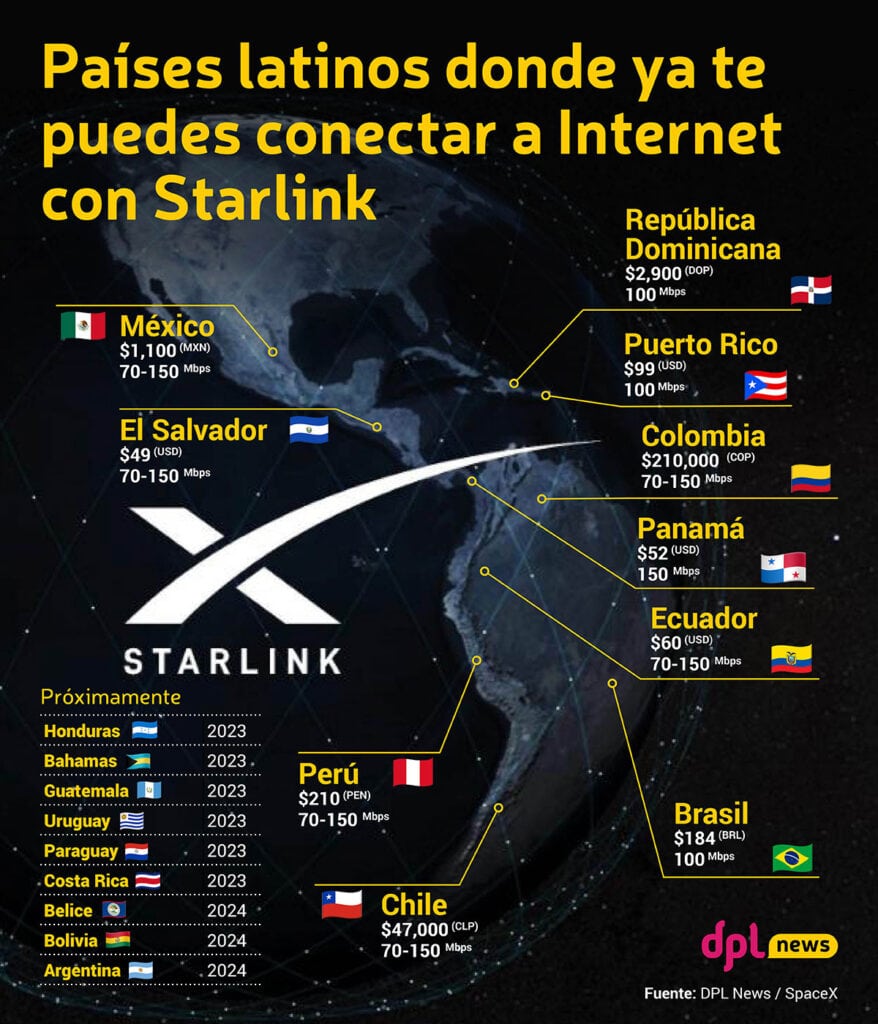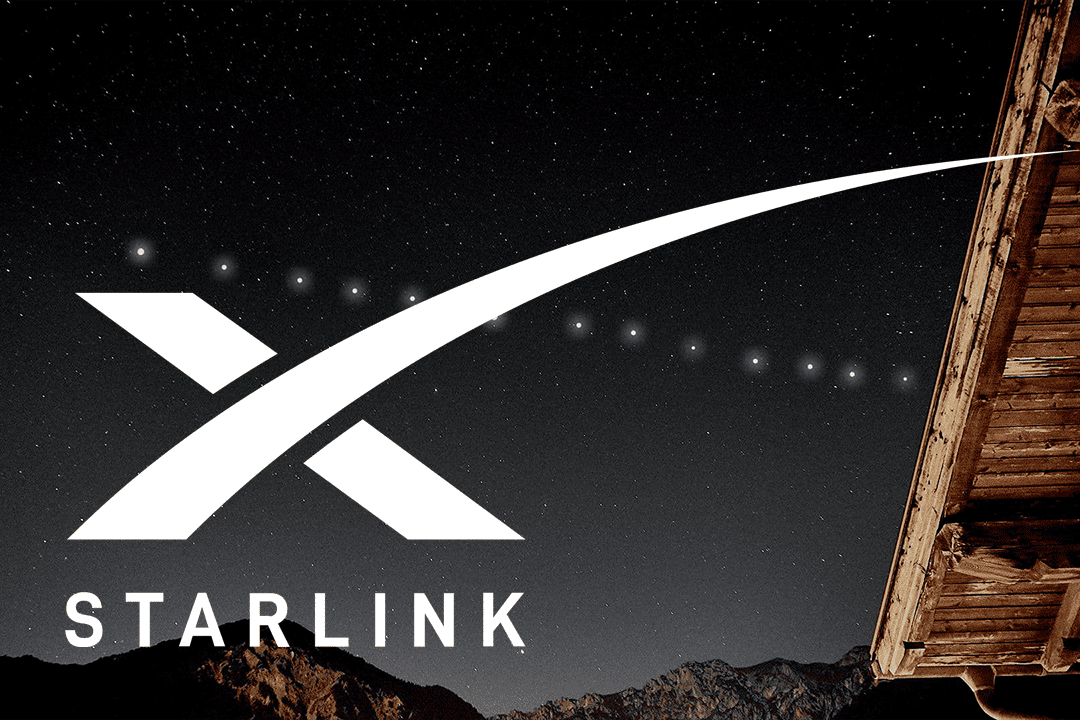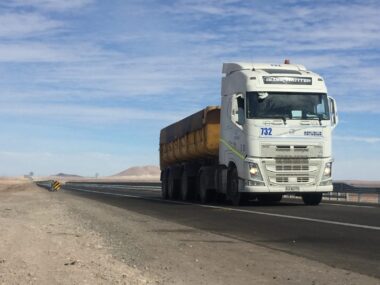Among the most ambitious projects of SpaceX, the aerospace company founded by billionaire Elon Musk, is Starlink. This initiative was conceptualized in the mid-2010s as a solution to the lack of high-speed internet access in many parts of the world. The idea was simple but revolutionary: launch a constellation of thousands of small satellites into low Earth orbit to provide global internet coverage.
The company submitted documents to the Federal Communications Commission (FCC) in 2017 and received approval in 2018 to launch a constellation of over 12,000 satellites. The project also received significant investment, with a projected cost of around USD $10 billion for its development and construction.
The first group of Starlink satellites was launched in May 2019, marking the beginning of a new era in global connectivity. Since then, SpaceX has continued with regular launches to expand its network, reaching a figure of over 4,700 satellites in orbit.
Starlink is not only a potentially lucrative source of revenue for SpaceX but could also finance future space missions, including the coveted mission to Mars. Additionally, the service can potentially transform how people access information, especially in remote and underserved regions of the world.
SpaceX had high expectations for Starlink, projecting in 2015 that it would have 20 million subscribers and generate USD $12 billion in revenue by 2022. However, current numbers show that these goals have not been met. With revenues of USD $1.4 billion in 2022 and just over 1.5 million subscribers, the company is far from its ambitious projections.
Starlink for Latin Americans?
Starlink’s expansion began a couple of years ago in Latin America with a trickle-down approach and few providers in countries like Chile (2021). Still, it wasn’t until 2023 that the satellite internet company began expanding across the continent. Proof of this is its recent arrival in Mexico, where, through the e-commerce platform Mercado Libre, the company also began marketing its services and antennas, becoming the first authorized provider of the company on the continent.
This move definitively expands Starlink’s presence in Latin America, adding to eight other Latin American countries, including Dominican Republic, Puerto Rico, Colombia, Ecuador, Brazil, Peru, Chile, Guatemala, Panama, and El Salvador, where Starlink only offers its services as an internet provider.

The COVID-19 pandemic accelerated the adoption of digital life in the region. ECLAC reports that 42% of Latin American adults regularly use digital payments, and 11% adopted this method due to the pandemic, according to the report Digital Society in Latin America 2023 published by Telefónica.
Despite the great potential to reduce the digital divide in the region, Starlink also faces criticism related to long-term sustainability and space pollution. There are also regulatory obstacles, and the service is still relatively expensive for the average citizen in many Latin American countries.
In financial terms, the company aims for Starlink to be profitable by the end of this year. However, falling short of user projections and the high cost of maintaining the satellite network could be obstacles.
Starlink employs a constellation of small satellites in low Earth orbit, unlike traditional satellite Internet services, which rely on geostationary satellites. These satellites significantly reduce latency, providing Internet speeds between 50 and 200 Mbps. The technology is revolutionary, especially for remote areas in Latin America, where traditional Internet services are inaccessible or inefficient.
In the case of Mexico, Starlink has adapted its prices to fit the Mexican market, requiring an initial payment of approximately USD $486 for the installation kit and antenna, followed by a monthly fee of around USD $64. Given that nearly 44 million people in Mexico lack internet access, the promise of comprehensive coverage throughout the country is a significant advantage.
Pros and Cons of Starlink’s Presence in LatAm
Pros
- Closing the digital divide: One of the biggest potentials of Starlink is to provide high-speed internet in areas that traditionally lack service. Doing so can significantly reduce the digital divide affecting much of Latin America.
- Empowerment in authoritarian regimes: For countries like Venezuela and Cuba, where internet access is heavily censored, Starlink could offer uncensored access to the world.
- Local partnerships: Collaborations with companies like Mercado Libre add credibility and aid in adapting the service to local needs.
Cons
- Space debris: SpaceX has implemented a plan to manage space debris, but given the large number of planned satellites, there are concerns about long-term sustainability and space pollution.
- Regulatory challenges: Approval from various international organizations and adherence to individual countries’ laws can slow progress.
- High costs: Although Starlink has adapted its pricing, the service is still expensive for the average citizen in many countries. The upfront cost of the antenna and monthly fee could be a barrier to large-scale adoption.
Therefore, while Starlink has the potential to significantly impact the digital landscape in Latin America, there are several challenges to be addressed. The next few years will determine whether the satellite network will become a transformative force in the region or just another unfulfilled promise.






